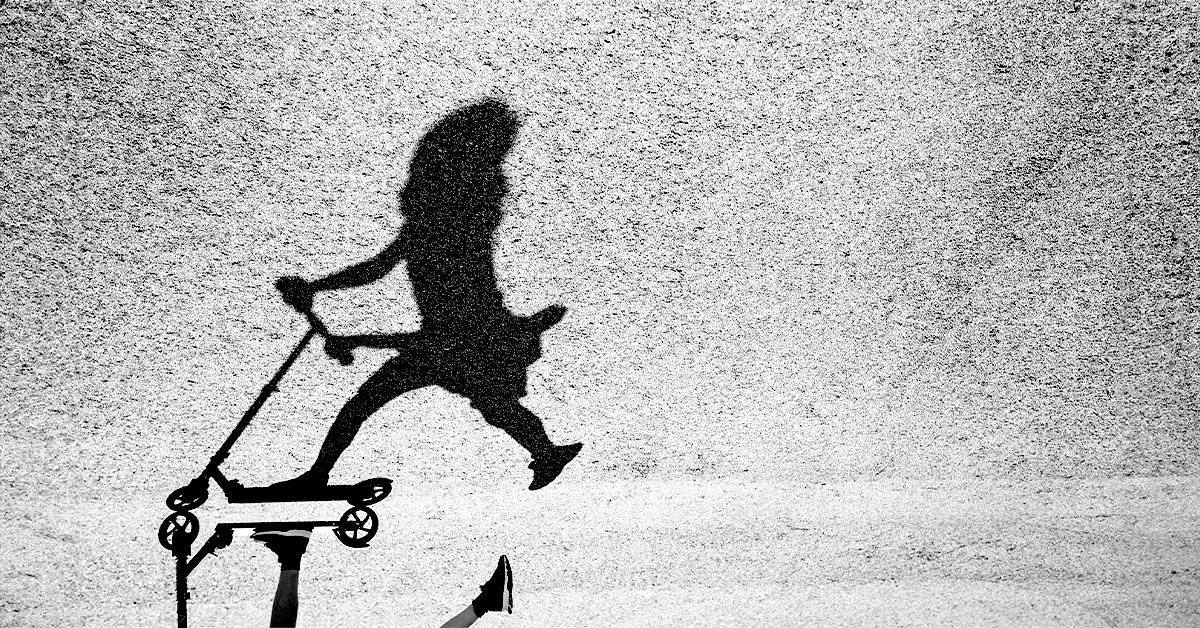Sexual abuse of children is an alarming reality that often goes unseen. The implications are severe, impacting the victim’s physical, emotional, and psychological well-being. The challenge is compounded by the fact that many children lack the language to convey their experiences. Consequently, adults—including parents, teachers, and caregivers—must be vigilant in recognizing potential signs of abuse. Understanding these signs is essential for timely intervention, which can alter the course of a child’s life. This article delves into the indicators of sexual abuse in children, the necessary actions to take upon suspicion, and resources available for support and recovery.
The physical manifestations of sexual abuse can be both subtle and alarming. A child may exhibit injuries or symptoms that warrant immediate scrutiny. Some likely physical indicators include:
– **Injuries to the Genital or Anal Areas**: Unexplained bruises, bleeding, or swelling may signify inappropriate contact. Such signs should prompt an urgent investigation to ensure the child’s safety.
– **Discomfort When Moving**: Observing a child who appears to be in pain while sitting or walking could indicate underlying trauma linked to sexual abuse.
– **Recurring Infections**: Children’s frequent urinary tract infections or yeast infections, particularly if they occur without other identifiable medical reasons, should be taken seriously.
– **Damaged Clothing**: Torn or stained undergarments can serve as blatant evidence of abuse, demanding attention and intervention.
It is imperative that adults remain observant, noting any physical irregularities that may stem from abusive experiences.
Behavioral alterations often serve as the primary manifestation of distress in a child. Adults should pay keen attention to shifts in a child’s typical patterns. The following behaviors may indicate that a child has undergone trauma:
– **Academic Decline**: A sudden drop in academic performance or a shift in enthusiasm for school suggests deeper issues, potentially related to trauma.
– **Social Withdrawal**: If a child begins isolating themselves from friendships and previously enjoyed activities, it could be a sign of emotional distress as a response to trauma.
– **Regressed Behavior**: A child reverting to earlier behaviors such as bedwetting or thumb-sucking may indicate they are struggling to cope with their situation.
– **Excessive Fear**: A child expressing extreme anxiety or fear regarding specific individuals or environments may be attempting to safeguard themselves from further harm.
– **Inappropriate Sexual Knowledge**: When children exhibit knowledge or behavior that is inconsistent with their age, it raises red flags regarding potential abuse.
Awareness of these behaviors is crucial for any adult involved in a child’s life, allowing them to act responsibly upon suspicion.
The psychological toll that sexual abuse inflicts on children can be profound, leading to lasting mental health challenges. Indicators to monitor include:
– **Depressed Mood**: Signs of persistent sadness, detachment from enjoyable activities, and feelings of hopelessness may all correlate with abuse experiences.
– **Disrupted Sleep Patterns**: Frequent nightmares or difficulty sleeping can point to underlying trauma, necessitating immediate support.
– **Low Self-Esteem**: Expressions of worthlessness or self-hatred are critical indicators of psychological distress that can stem from abuse.
– **Changes in Eating Habits**: Disordered eating patterns or sudden appetite fluctuations may serve as a coping mechanism for deeper issues related to trauma.
– **Self-Harm**: Engaging in self-injurious behaviors or expressing suicidal thoughts are serious signs of emotional pain that must be addressed immediately.
Recognizing these mental health symptoms is pivotal in addressing the holistic needs of the child effectively.
When suspicions arise regarding a child’s well-being, it is vital for adults to respond with urgency and care. Listening attentively and creating a judgment-free atmosphere can empower a child to share their experiences. Affirmation and reassurance that they are not to blame for the abuse are essential elements in the supportive dialogue.
In instances where a child has not disclosed abuse but there are significant concerns, it remains imperative to take action. Depending on the jurisdiction’s laws, certain professionals may be mandated reporters and must report even suspected abuse. Engaging in a gentle conversation with the child, asking them open-ended questions, can provide clarity without further traumatizing them.
In situations where there is credible concern, contacting child protective services or local authorities for guidance is a necessary step. These agencies are equipped to conduct thorough investigations and implement protective measures.
The aftermath of reporting abuse is a critical time for the child’s healing journey. Continued emotional and psychological support is crucial in fostering recovery. Accessing resources like counseling services, support groups, and child advocacy organizations can provide the victim with the tools they need for emotional recovery.
Recognizing the signs of sexual abuse in children requires diligence, compassion, and a commitment to intervention. By understanding physical, behavioral, and mental health indicators, adults can perform their role in protecting children and facilitating their recovery. Awareness of available resources ensures that every child receives the support necessary to heal and move forward. Taking responsibility in situations of suspected abuse can safeguard not only a child’s present but also their future.

